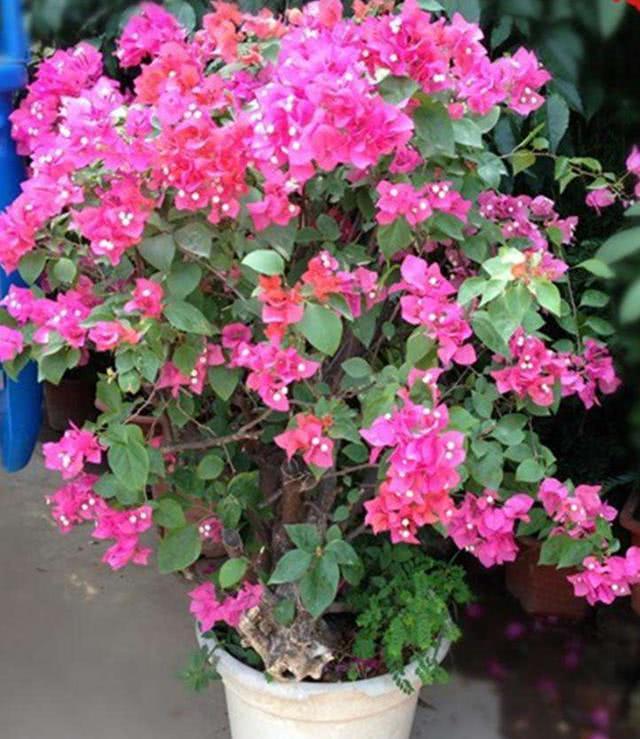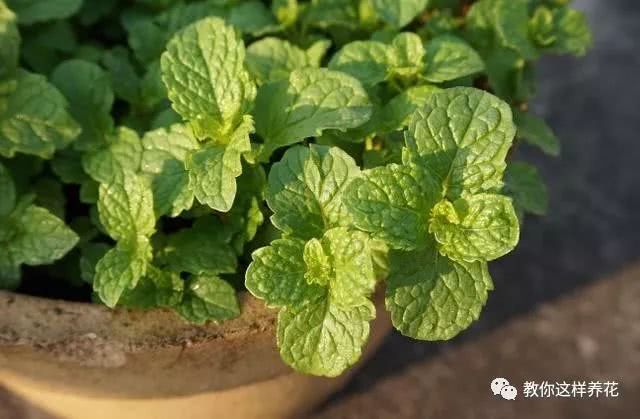If you grow flowers in your family, you can raise these plants that are easy to survive and blossom frequently. Save worry and effort and have flower reward every day.

When families grow flowers, many flower friends complain that it is not easy to raise them. Some flowers take pains to raise them for several months, but they wilt before they bloom. In some cases, after a season of blooming, the branches bloom and never bloom again. Are there any flowers that are easy to survive and have a long flowering period? There must be. If you think you are a flower-growing killer, here are a few well-nourished and frequently blooming plants to try, which may surprise you.
White palm: also known as white taro, a new generation of indoor potted flowers can bloom in spring, summer and autumn. White crane taro is very beautiful when it blossoms, and it is also an excellent indoor potted foliage plant when it is not flowering. White Crane Taro can also filter indoor waste gas and has a certain cleaning effect on ammonia, acetone, benzene and formaldehyde. Like warm and humid air environment and loose and breathable soil, like semi-shade and scattered light, avoid strong light exposure. If the lighting effect in your home is not very good, raising a pot of white palm is a good choice. It is afraid of cold in winter and will suffer frost damage below 10 ℃, so some measures should be taken to keep warm.
Catharanthus roseus: I think it is the easiest to breed flowering plant, a real popular flower. Blossom almost all the year round, like the sunny environment, resistant to drought, lax requirements on the soil, do not give fertilizer also flowering, but do not allow the soil to be alkaline. It should be noted that Catharanthus roseus belongs to the family Apocynaceae. Accidental ingestion of juices and touching wounds can cause symptoms such as leukopenia and limb weakness. But miraculously, it can be used in medicine, can extract anti-cancer ingredients, and has an adjuvant therapeutic effect on leukemia and other rare cancers.
Jasmine: a flower that most florists like. When the flowers bloom, they are "fragrant and beautiful". Breeding properly, florescence can cover the whole summer and autumn, like flood, big fat sun, like pruning. Like the slightly acidic soil with good drainage, if planted, the ordinary garden soil can meet its growth needs. During the peak growth period, the roots of the plants can be irrigated with diluted white vinegar or ferrous sulfate solution every month to prevent iron deficiency yellowing of leaves. Pruning the residual flowers and branches in time after flowering is conducive to the next flowering.
Milan: except for the low temperature period in winter, it can blossom several times in other seasons, with the peak in summer and autumn. When it blossoms, the golden rice-grain-sized flowers hang all over the branches, and their fragrance is like orchids, which is loved by many flower friends. Milan's farming is also very simple, like jasmine like water, fat like the sun, like warm and humid climate conditions, in some courtyards in the south, Milan is an excellent scenic tree. Milan likes loose and fertile sandy soil, and regularly irrigates the roots with rotten alum fertilizer water during the peak growth period, which is more conducive to more flowering, golden color and fragrant smell. If you have better lighting conditions in your home, try raising Milan, which will really give you a pleasant surprise.
Crab claw orchid: winter and spring flowering plant, flowering from November to May of the following year, long-lasting flowering, colorful flowers. Like warmth, avoid bright light and high temperature and humidity in summer. Prefer a well-ventilated and well-drained environment. Often grafted on cactus plants. In summer, crab claw orchid will enter the dormancy or semi-dormancy state of slow growth because of temperature discomfort. It is necessary to move the plant to a cool and ventilated place in time, reduce watering, stop fertilization, and carry out normal water, fertilizer and light management after autumn. Winter will blossom normally.
Longevity flower: like crab claw orchid blooming in winter and spring, avoid high temperature and stagnant water during summer dormancy. The vitality is tenacious, and the seedlings inserted by leaves are more conducive to the fullness of the plant type. Properly raised seedlings can also blossom in the same year. Longevity flowers belong to crassulaceae, which are very suitable for placing in brightly lit places such as bedroom windowsills. It can absorb carbon dioxide through the stomata of the leaves at night and release oxygen for human absorption. And the flowers and leaves are beautiful, deeply loved by flower friends.
Triangular plum: also known as light leaf flower. In the south of China, triangular plum can blossom all year round because of suitable temperature and humidity. The cultivation of Triangle Plum in the north requires water control, fattening, pruning and other management during flowering. Farming is so well managed that there are few leaves when it blossoms. Like warm and humid climate, like plenty of light. Because of the name with "three", it is affectionately called "mistress" by flower friends, and is deeply loved by the flower-growing public.
Chimonanthus przewalskii: a very easy flowering plant. Except for winter dormancy, the other three seasons can blossom. Red flowers are the majority of varieties, when blooming, a few red in the green cluster, is very good-looking. Like sufficient light, the requirements of the soil is not strict, loose and breathable. When the winter temperature is below 10 ℃, Chimonanthus przewalskii will go into dormancy or semi-dormancy, showing wilting of the whole plant, as if it had withered. When the temperature rises again in spring, it will still open branches and leaves, and with adequate light and water supply, beautiful flowers will soon bloom. Prunus officinalis belongs to Euphorbiaceae, the stem has sharp thorns, and the juice is slightly toxic, flower friends with children should keep it out of the reach of children to prevent accidents.
- Prev

The Beginning of Autumn raised a pot of cool leaves to clear heat and dispel dryness after raising one pot.
Already the Beginning of Autumn, the weather is still relatively dry and hot, many people say that after the Beginning of Autumn, we should still insist on eating some food that nourishes yin and moistens the lungs, dispel summer heat and clear heat, recuperate the spleen and stomach, nourish yin and replenish deficiency. In fact, there are many cool and dampening plants in life.
- Next

Magic | he raised 10,000 succulent trees exactly the same. how did he do it in dog days?
Thousands of succulent trees are raised like twins, with the same size, color and even the number of leaves. Can anyone do that? Yes! This person is exposed to succulent plants for 10 years, engaged in succulent cultivation for 4 years, Qingdao.
Related
- Wuhan Hospital Iron Tree Blooming Result Was Instantly Frightened by the Gardener Master
- Which variety of camellia is the most fragrant and best? Which one do you like best?
- What is the small blue coat, the breeding methods and matters needing attention of the succulent plant
- Dormancy time and maintenance management of succulent plants during dormancy
- Minas succulent how to raise, Minas succulent plant pictures
- What are the varieties of winter succulent plants
- How to raise succulent plants in twelve rolls? let's take a look at some experience of breeding twelve rolls.
- Attention should be paid to water control for succulent plants during dormant period (winter and summer)
- Watering experience of twelve rolls of succulent plants
- Techniques for fertilizing succulent plants. An article will let you know how to fertilize succulent plants.

